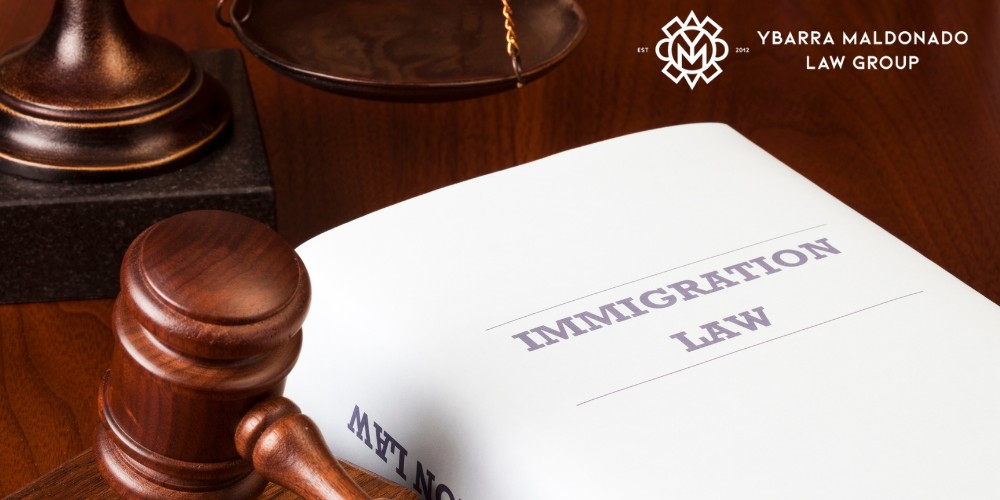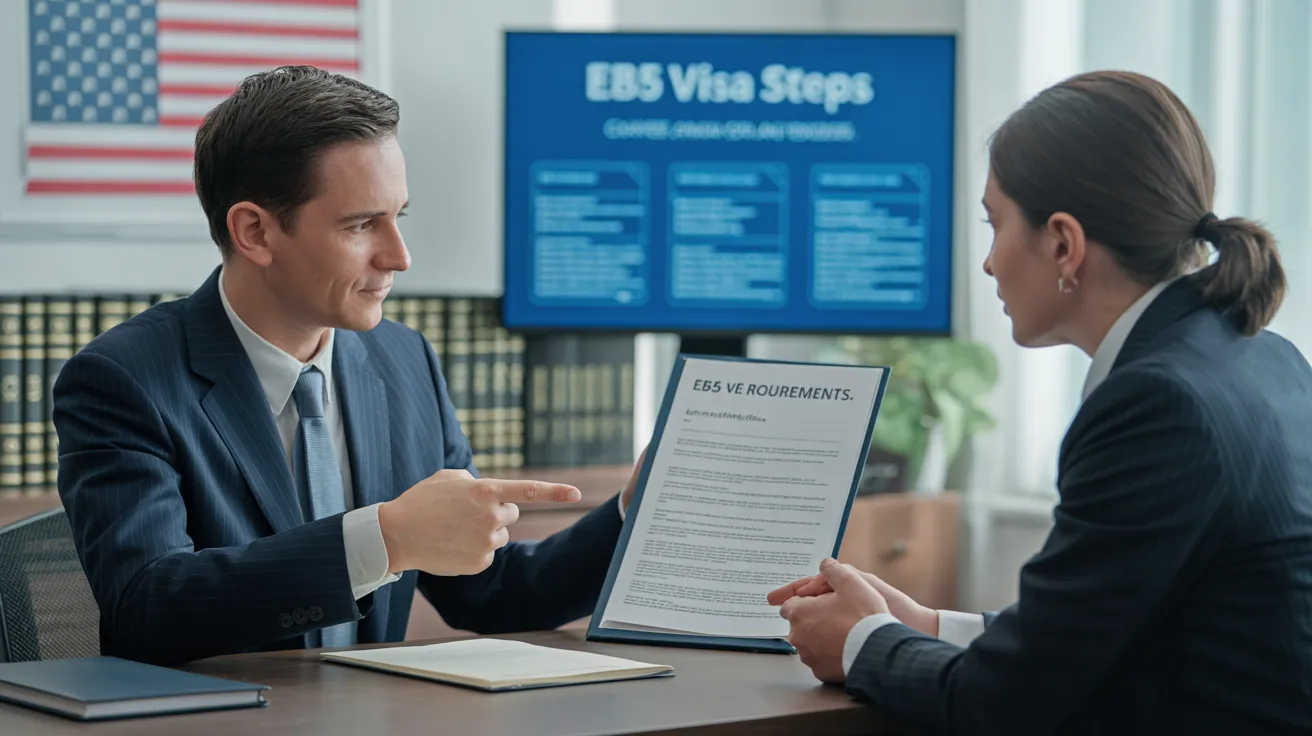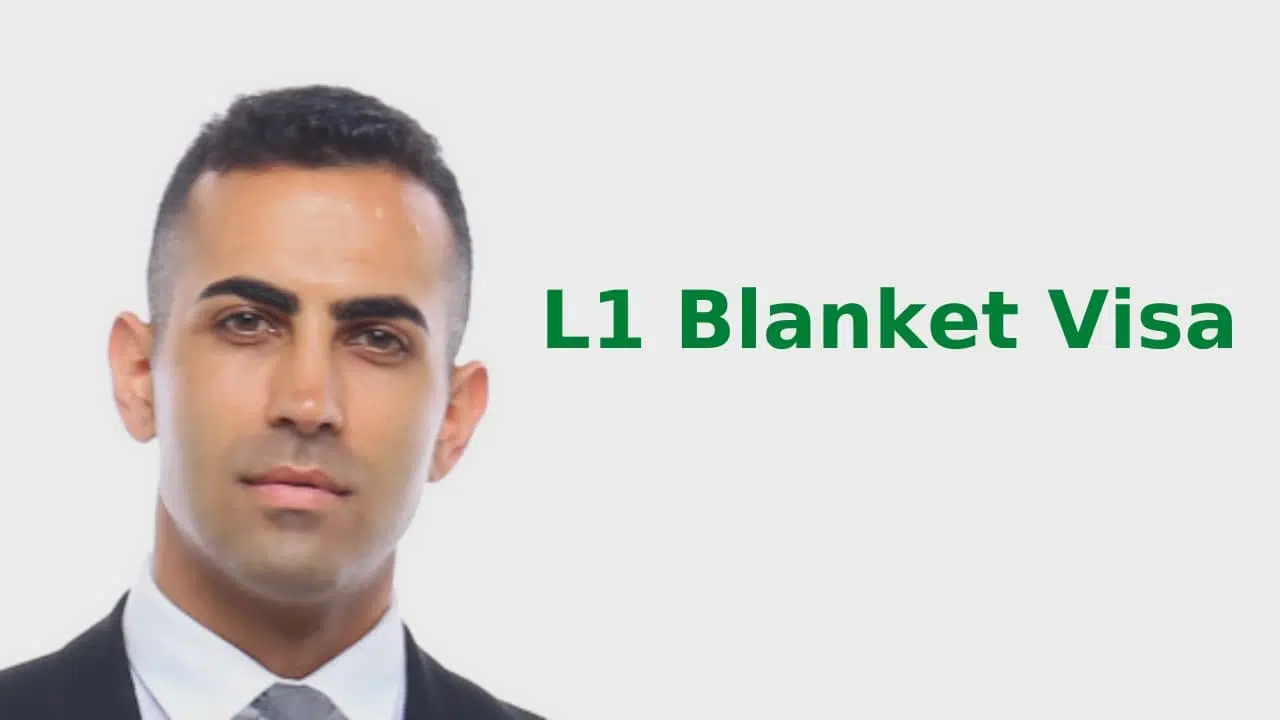Our L1 Visa Statements
Table of ContentsThe Only Guide to L1 VisaSee This Report on L1 VisaThe 3-Minute Rule for L1 VisaFascination About L1 VisaThe Ultimate Guide To L1 VisaHow L1 Visa can Save You Time, Stress, and Money.
Offered from ProQuest Dissertations & Theses Global; Social Science Costs Collection. (2074816399). (PDF). Congress. (PDF). DHS Workplace of the Examiner General. (PDF). (PDF). "Nonimmigrant Visa Data". Obtained 2023-03-26. Department of Homeland Protection Office of the Inspector General, "Review of Vulnerabilities and Prospective Misuses of the L-1 Visa Program," "A Mainframe-Size Visa Loophole".

United State Department of State. Obtained 22 August 2016. "Workers paid $1.21 an hour to set up Fremont tech company's computers". The Mercury Information. 2014-10-22. Obtained 2023-02-08. Costa, Daniel (November 11, 2014). "Obscure temporary visas for foreign tech workers dispirit incomes". The Hill. Tamen, Joan Fleischer (August 10, 2013). "Visa Owners Replace Workers".
The smart Trick of L1 Visa That Nobody is Talking About
In order to be qualified for the L-1 visa, the foreign business abroad where the Recipient was employed and the united state company need to have a qualifying connection at the time of the transfer. The different kinds of qualifying relationships are: 1. Parent-Subsidiary: The Parent means a company, firm, or various other lawful entity which has subsidiaries that it possesses and controls."Subsidiary" suggests a firm, firm, or other legal entity of which a parent possesses, straight or indirectly, greater than 50% of the entity, OR owns less than 50% but has monitoring control of the entity.
Instance 1: Firm A is included in France and uses the Recipient. Business B is included in the united state and intends to seek the Beneficiary. Company A has 100% of the shares of Business B.Company A is the Moms And Dad and Company B is a subsidiary. As a result there is a qualifying connection in between the 2 business and Business B should be able to fund the Beneficiary.
Business A possesses 40% of Firm B. The continuing to be 60% is owned and regulated by Company C, which has no relationship to Firm A.Since Company A and B do not have a parent-subsidiary connection, Company A can not sponsor the Recipient for L-1.
Example 3: Firm A is incorporated in the U.S. and intends to seek the Beneficiary. Company B is integrated in Indonesia and employs the Beneficiary. Firm A has 40% of Company B. The remaining 60% is owned by Business C, which has no connection to Business A. Nevertheless, Firm A, by official arrangement, controls and complete handles Firm B.Since Company A possesses much less than 50% of Business B yet takes care of and manages the firm, there is a certifying parent-subsidiary partnership and Firm A can sponsor the Beneficiary for L-1.
About L1 Visa
Affiliate: An associate is 1 of 2 subsidiaries thar are both had and managed by the very same parent or individual, or owned and managed by the very same team of individuals, in generally the exact same proportions. a. Instance 1: Firm A is integrated in Ghana and utilizes the Recipient. Business B is included in the U.S.
Company C, additionally integrated in Ghana, owns 100% of Firm A and 100% of Business B.Therefore, Business A and Business B are "affiliates" or sister companies and a qualifying partnership exists between both firms. Business B ought to be able to sponsor the Beneficiary. b. Example 2: Company A is incorporated in the U.S.
Firm A is 60% owned by Mrs. Smith, 20% had by Mr. Doe, and 20% possessed by Ms. Brown. Business B is integrated in Colombia and currently employs the Beneficiary. Firm B is 65% possessed by Mrs. Smith, 15% possessed by Mr. Doe, and 20% owned by Ms. Brown. Company A and Firm B are associates and have L1 Visa law firm a certifying connection in two different ways: Mrs.
The L-1 visa is an employment-based visa group developed by Congress in 1970, allowing international firms to transfer their supervisors, execs, or crucial employees to their U.S. operations. It is commonly referred to as the intracompany transferee visa. There are 2 primary sorts of L-1 visas: L-1A and L-1B. These types appropriate for staff members employed in various positions within a firm.

Furthermore, the beneficiary needs to have worked in a managerial, executive, or specialized worker setting for one year within the 3 years preceding the L-1A application in the international firm. For brand-new office applications, foreign employment must have remained in a supervisory or executive ability if the recipient is coming to the United States to function as a supervisor or exec.
The Single Strategy To Use For L1 Visa

If provided for a united state firm functional for more than one year, the initial L-1B visa is for up to three years and can be extended for an extra two years (L1 Visa). Conversely, if the united state company is recently established or has actually been functional for less than one year, the preliminary L-1B visa is released for one year, with expansions available in two-year increments
The L-1 visa is an employment-based visa category established by Congress in 1970, enabling multinational companies to transfer their managers, execs, or vital employees to their united state procedures. It is typically referred to as the intracompany transferee visa. There are two major types of L-1 visas: L-1A and L-1B. These kinds appropriate for workers worked with in various positions within a company.
3 Easy Facts About L1 Visa Described
Additionally, the beneficiary must have functioned in a managerial, executive, or specialized worker setting for one year within the 3 years preceding the L-1A application in the international firm. For new office applications, international work needs to have been in a managerial or executive capability if the recipient is coming to the United States to function as a manager or executive.
for up to 7 years to oversee the operations of the united state affiliate as an executive or manager. If provided for a united state business that has been functional for greater than one year, the L-1A visa is at first given for as much as 3 years and can be prolonged in two-year increments.
If provided for a united state firm functional for more than one year, the initial L-1B visa is for as much as three years and can be extended for an additional 2 years. On L1 Visa requirements the other hand, if the U.S. firm is recently established or has been functional for less than one year, the preliminary L-1B visa is released for one year, with expansions available in two-year increments.
Comments on “L1 Visa Process”